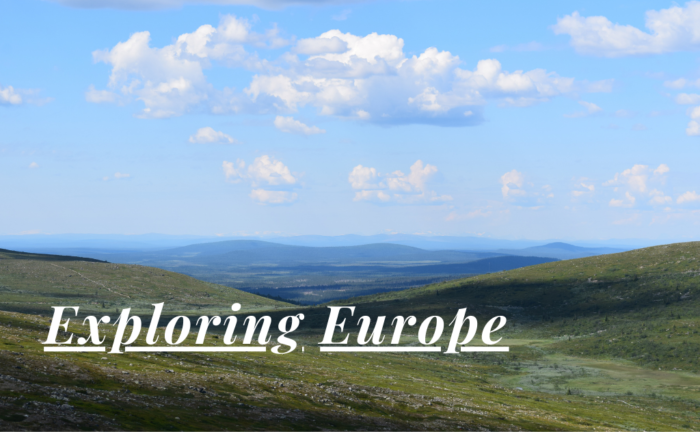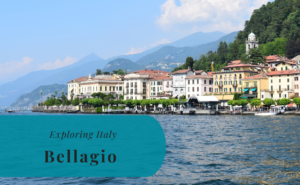Trieste is a city in the northeastern part of Italy, along the coast of the Adriatic Sea. It is the capital of the autonomous region of Friuli-Venezia Giulia. This city is right at the border with neighboring Slovenia and is connected with the rest of Italy by a narrow corridor of land to the northwest. The city has historically been an important seaport of the Habsburg Monarchy and has even been independent for a short period in the 20th century. The city has been a part of Italy since 1954 and has today a population of around 200.000 inhabitants.
Our Visit to Trieste
We visited Trieste in 2013 on a day trip from Slovenia. We stayed at the time a few days in the Slovenian town of Piran and took the bus across the border. Read more about our visit via the link below.
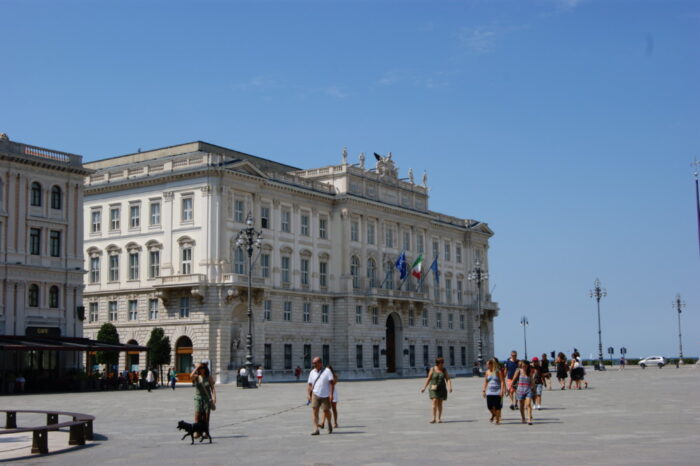
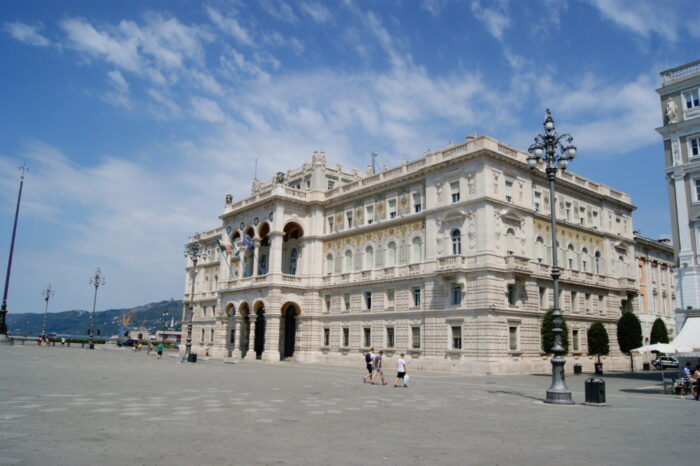

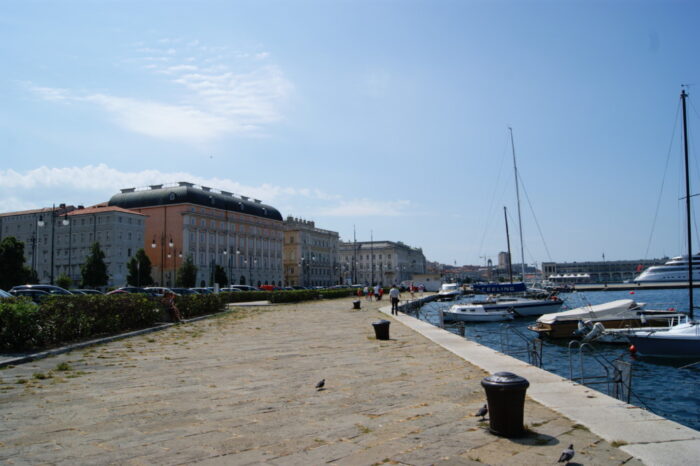
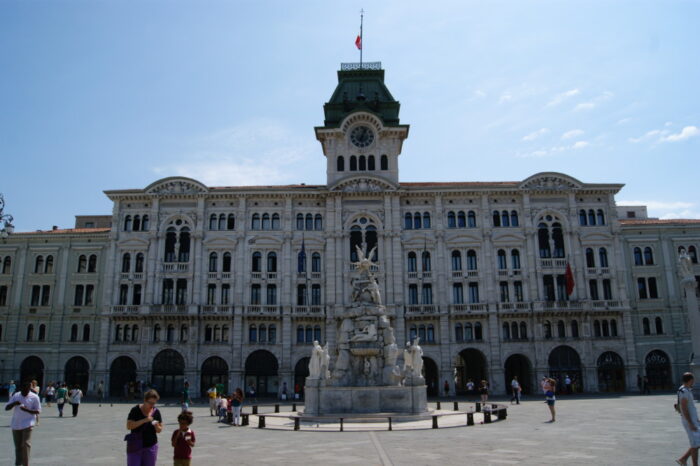

A Short History
Trieste has history includes the Illyrian, the Veneti, and the Carni before it became a part of the Roman Republic in the year 177 BC. The Roman name for the city was Tergeste. After the Romans, the area changed hands several times in the Middle Ages. It was first in 1382 that Trieste came under the rule of the Habsburg Monarchy and the Holy Roman Empire.
Habsburg Rule
Trieste remained under Habsburg rule within the Holy Roman Empire until 1809. That was when the Holy Roman Empire was replaced by the First French Empire for a few years before it became a part of Austria and Austria-Hungary. The rule of the Habsburg Monarchy did, however, continue until 1918 and the First World War. During these centuries the town developed into one of the main seaports of Austria. In the interwar period, the area became a part of the Kingdom of Italy. The Second World War saw the local action of Slovene partisans in the region. The war did also eventually include the area being seized by Nazi Germany in 1943. At the end of the war, the city was attacked not only by Italian and Yugoslav partisans but was also bombed by the Allies.
Free Territory of Trieste
Following the war, it would take until 1947 and the Paris Peace Treaty until the fate of Trieste was decided. The treaty led to the establishment of the Free Territory of Trieste which was controlled by the Allied Military Government. The city-state included an area stretching as far as the Istrian Peninsula, but half of the area was controlled by the Yugoslav People’s Army. The Free Territory of Trieste was dissolved in 1954 with the Memorandum of London. The area was then split between Italy and Yugoslavia and the city of Trieste did once more become a part of Italy.

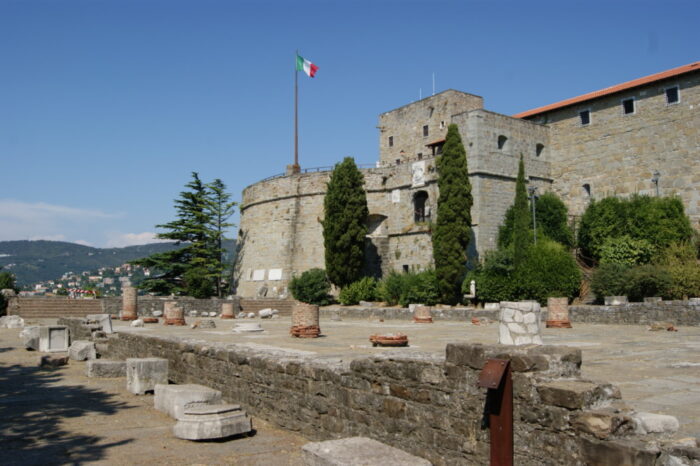


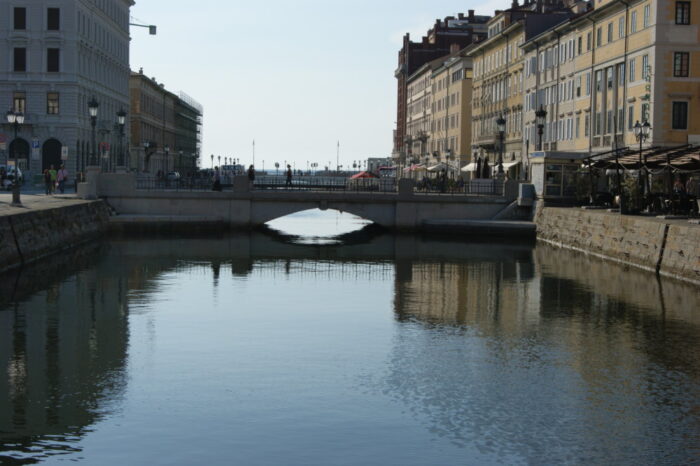


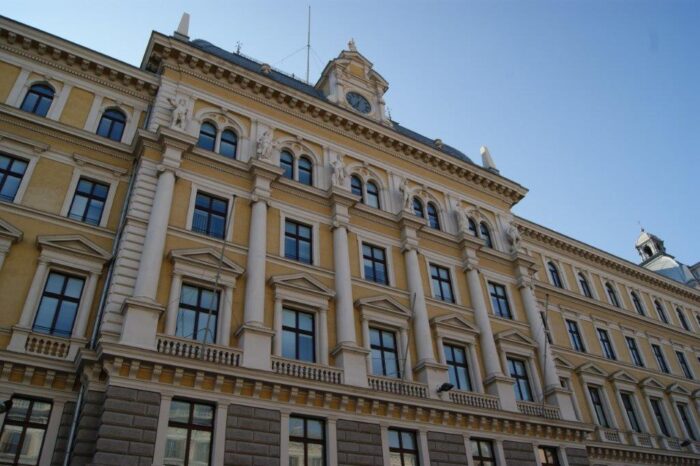



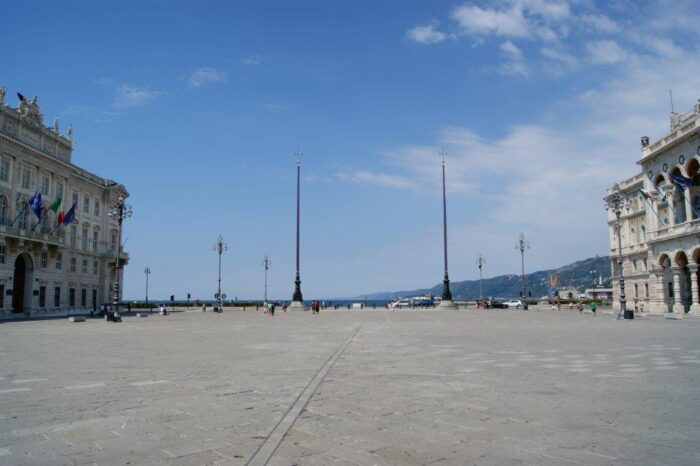
Things to Do and See
Trieste is a city with several grand buildings and a hill with an even grander view. The many squares and palaces add to the very majestic atmosphere of the city. What is even more impressive is the waterfront. Walking along the waterfront will take you by some large ferries, but it is the marina that is where you will find some of the more modern sights. This is a city with yachts and other majestic vessels.
Piazza Unità d’Italia
Piazza Unità d’Italia is the main central square of Trieste. On one side it has the waterfront and a memorial of the First World War. The other three sides include some of the town’s grandest buildings. These buildings include the Palazzo della Luogotenenza Austriaca, the Palazzo del Lloyd Triestino, and the Palazzo del Municipio di Trieste. The latter is the current City Hall of Trieste.
Canal Grande
The Canal Grande is a canal in the center of Trieste. The canal was built in the 1750s and once reached the Church of Sant’Antonio Taumaturgo. The inner part of the canal was filled in with rubble from nearby building demolishments in the 1930s and has since been the Piazza Sant’Antonio Nuovo. Lining the streets along the canal are some of the more prominent buildings of the city.
Castello di San Giusto
Castello di San Giusto is a fortress watching out over the central streets of Trieste. The fortress dates back to the 15th century and is today home to a museum. The current castle was built on the ruins of an older Venetian castle and has mainly had a military purpose.
Next to the castle is the Roman Forum. This is an excavated area of what was once probably the social and commercial center of the Roman era Trieste.
Cattedrale di San Giusto Martire
Cattedrale di San Giusto Martire is the cathedral next to the fortress and Roman Forum. The cathedral dates back to the early 14th century and it is a Roman Catholic church and the seat of the Bishop of Trieste.

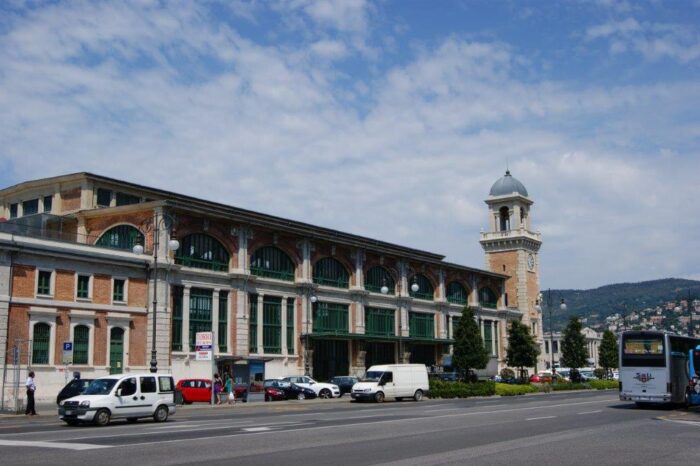



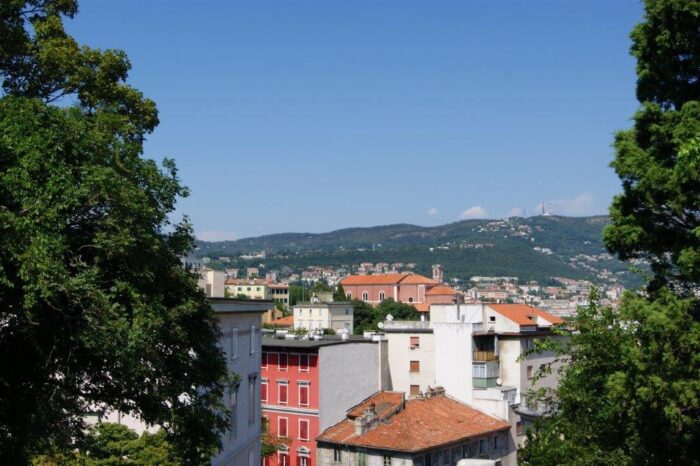
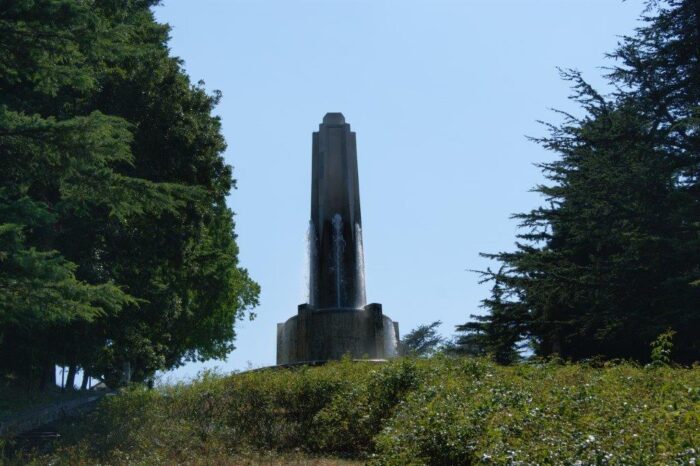



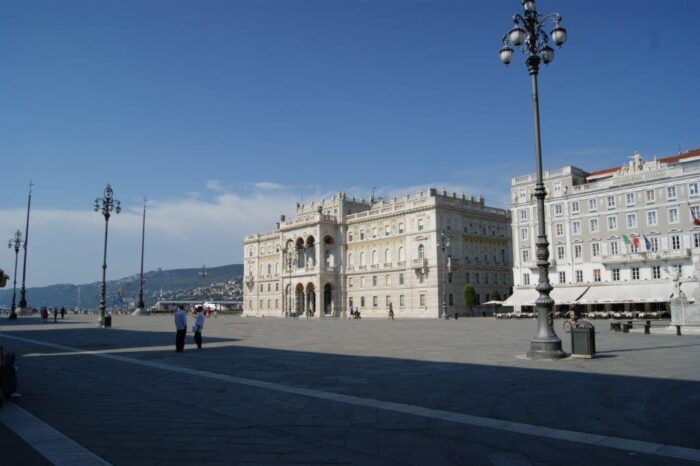

How to Get to Trieste
- Flights: Trieste Airport (TRS) lies to the northwest of the city. The airport has both domestic and international flights.
- Car: Trieste is in the northeastern part of Italy, right at the border with Slovenia. Major roads leading through the area include the E61 with Ljubljana and Villach to the northeast and Rijeka to the southeast, as well as E70 with Venice, Verona, and Brescia to the west and Ljubljana and Zagreb to the east.
- Train: There are several western-going railway trouts from Trieste. Destinations include cities like Venice, Udine, Portogruaro Caorle, and Rome.
- Ferry: Liberty Lines have regular ferry routes to Trieste from Rovinj, Porec, and Mali Losinj in Croatia as well as Piran in Slovenia.
The driving distance from 5 major Italian cities, according to Google Maps:
- Rome – 671 kilometers (6 h 30 min)
- Milan – 415 kilometers (4 h)
- Venice – 159 kilometers (1 h 40 min)
- Naples – 870 kilometers (7 h 50 min)
- Palermo – 1573 kilometers (15 h 10 min)
Looking to Explore more of Italy and Europe?

